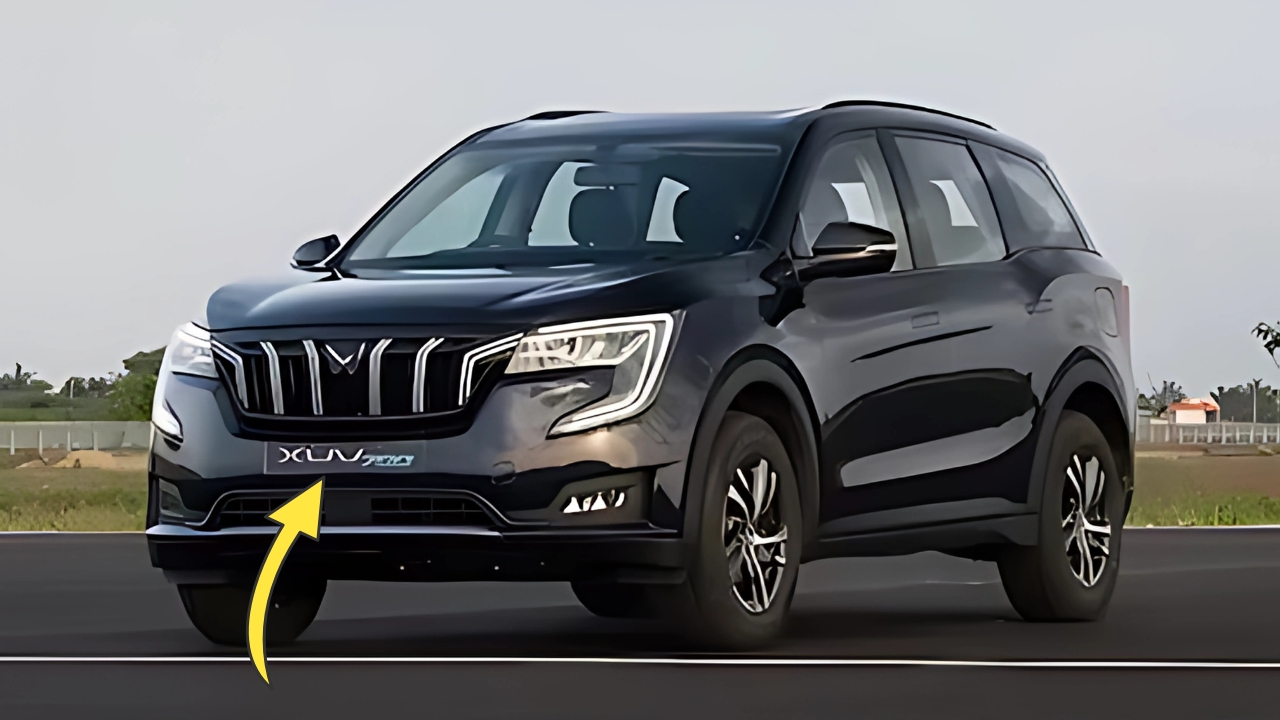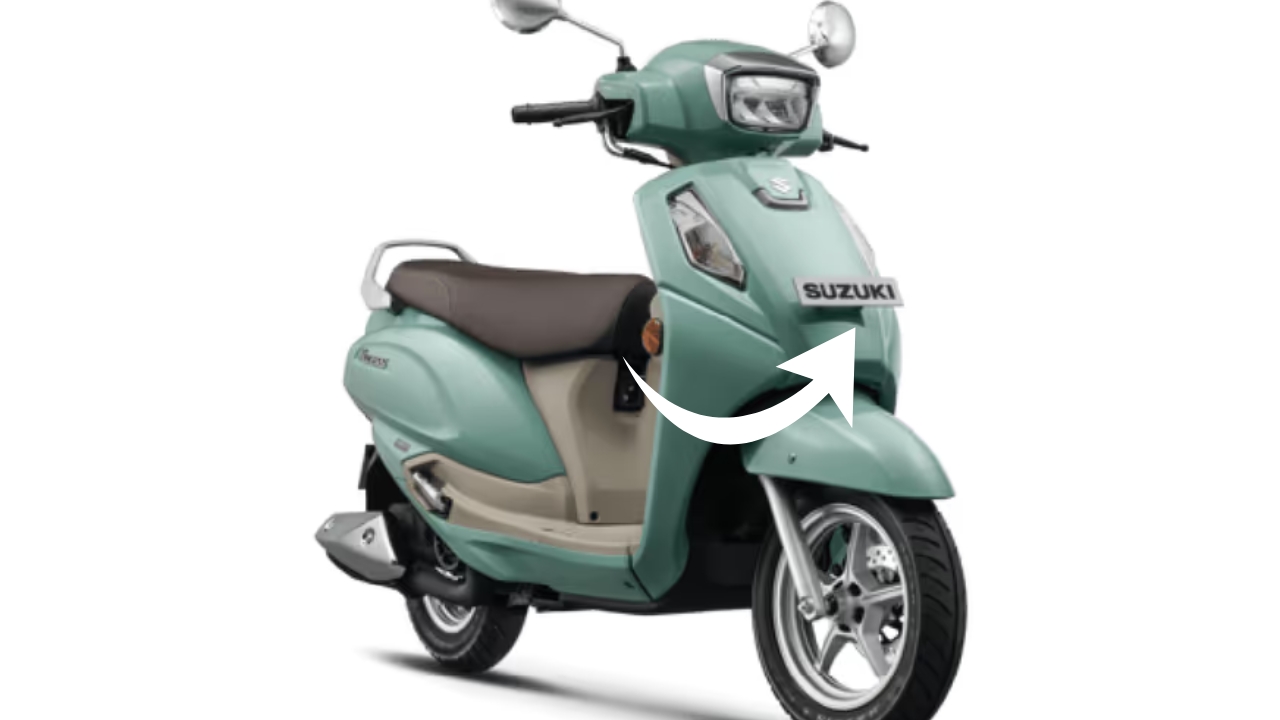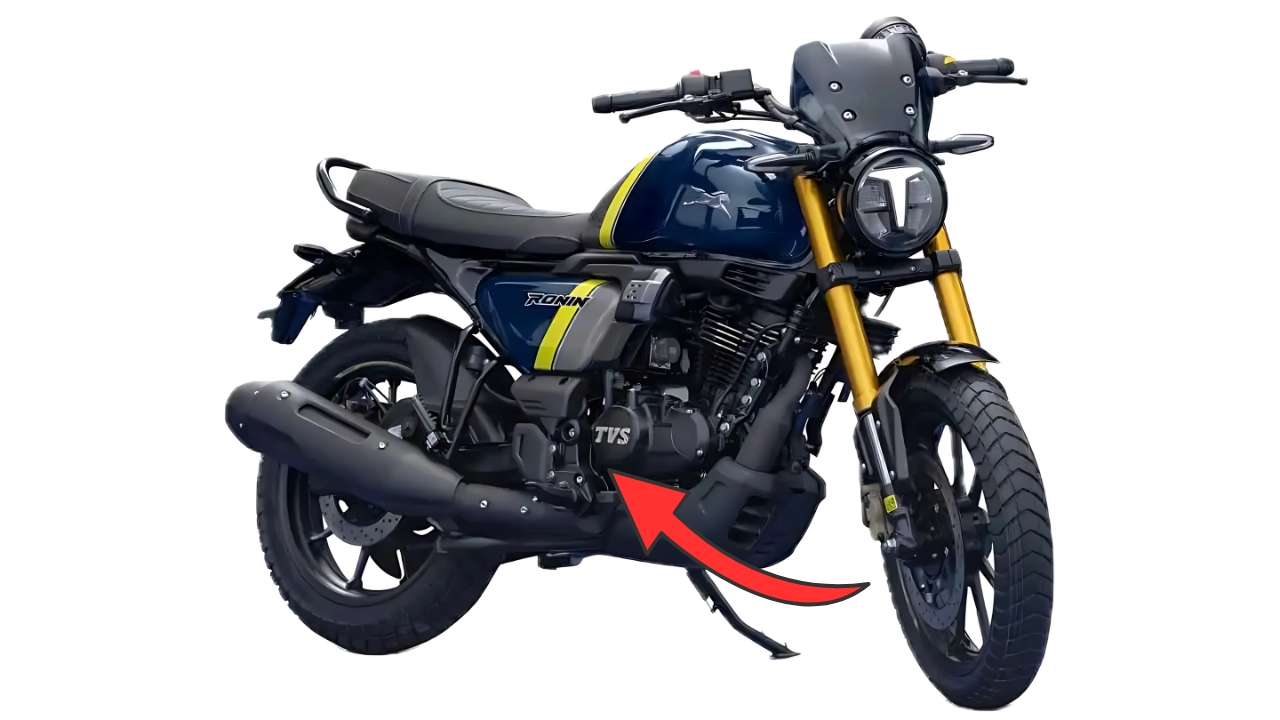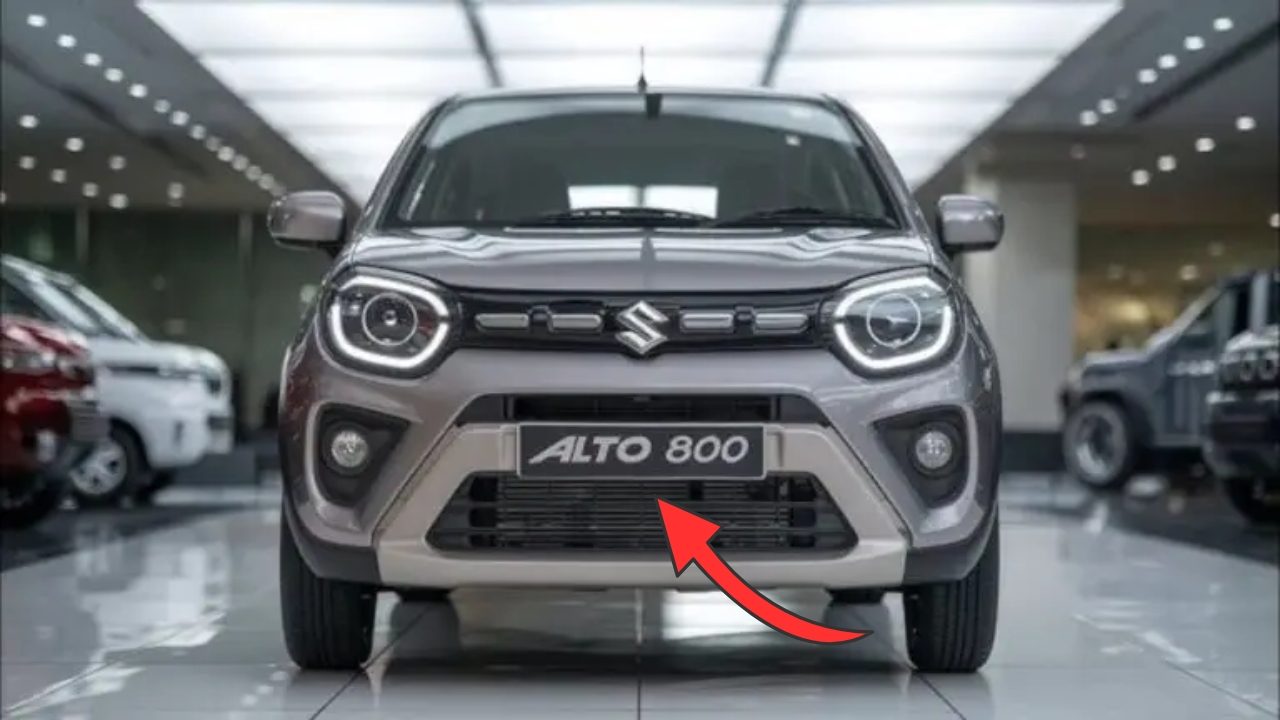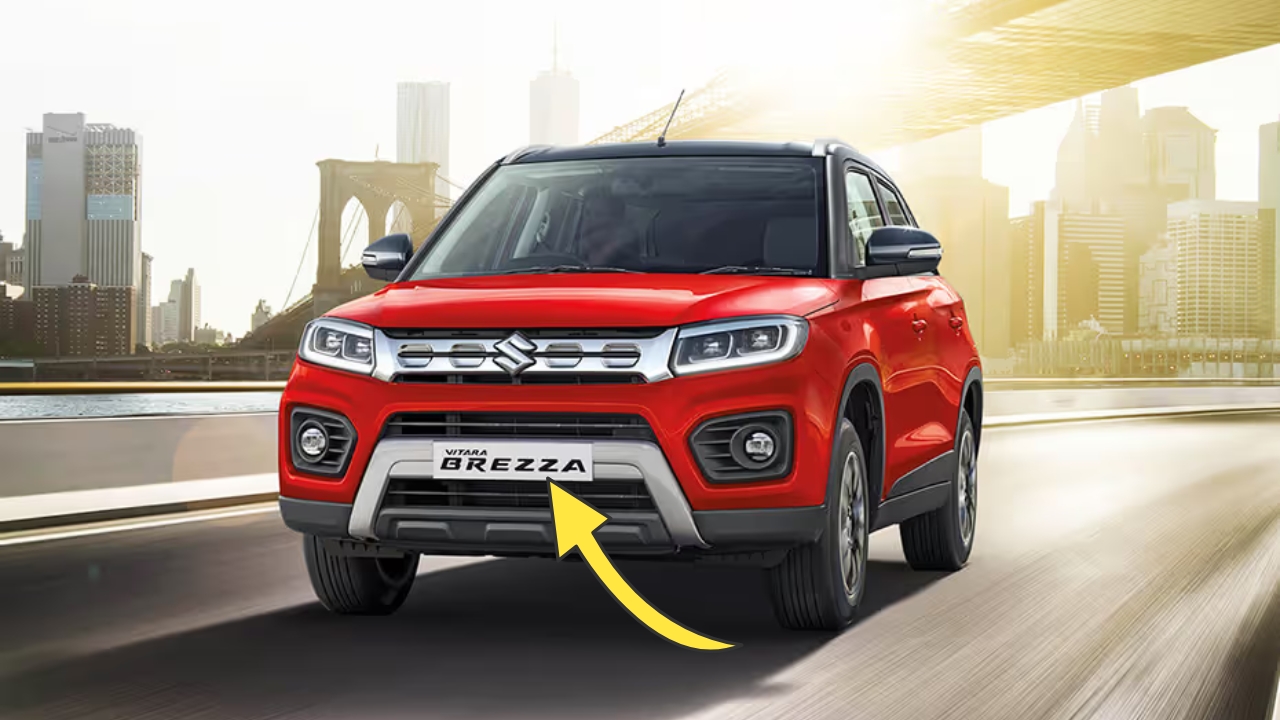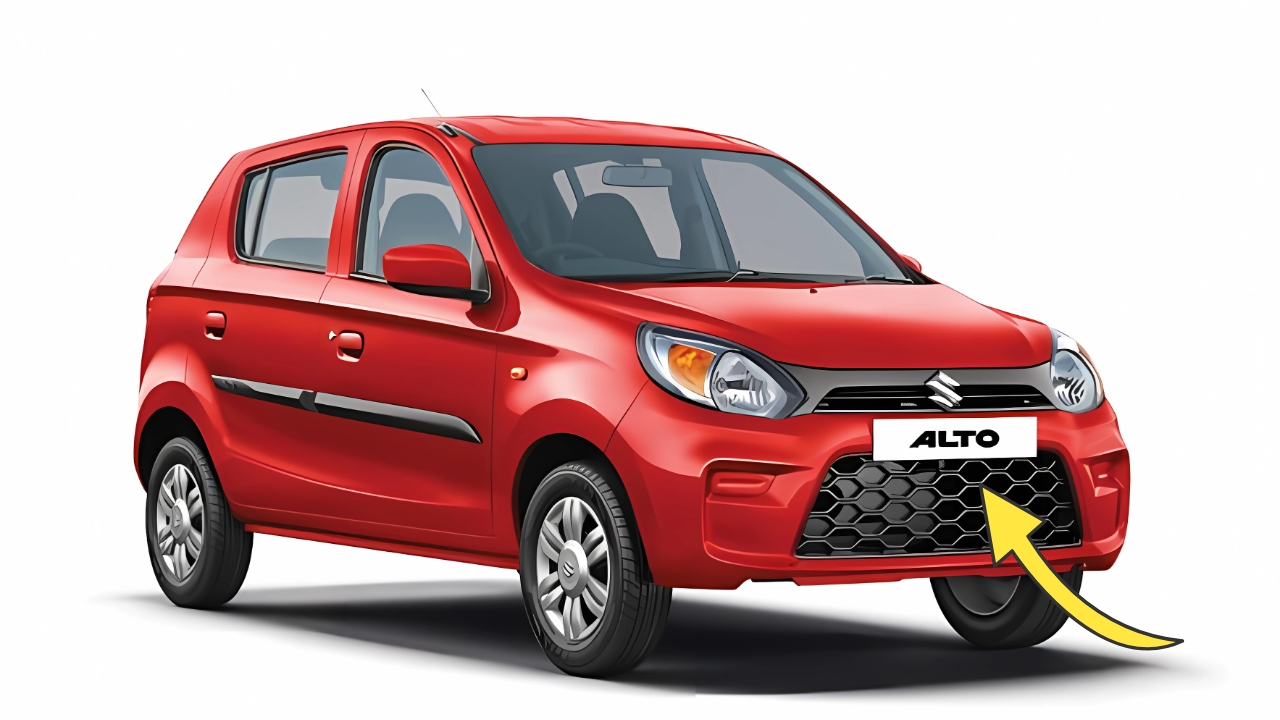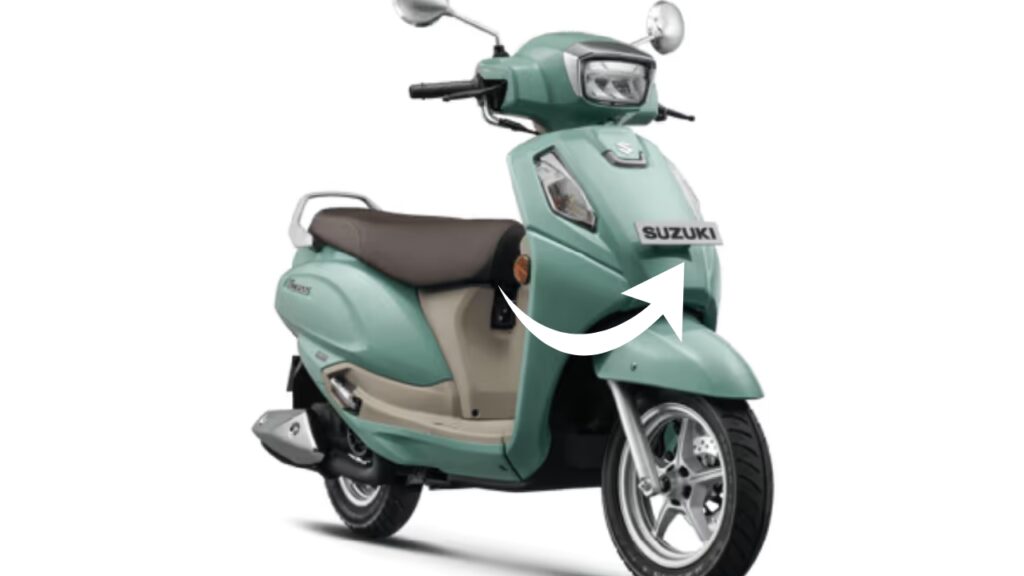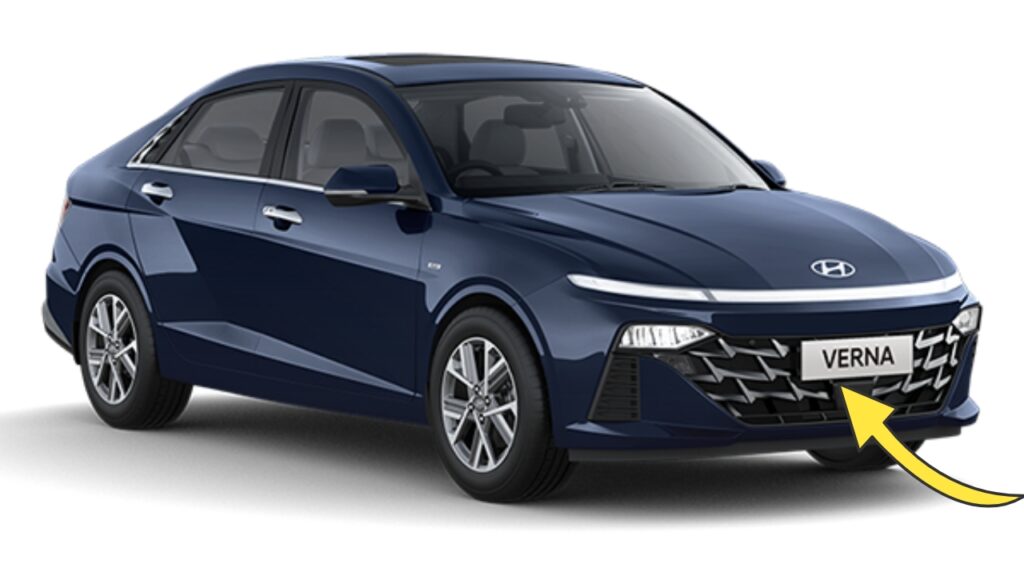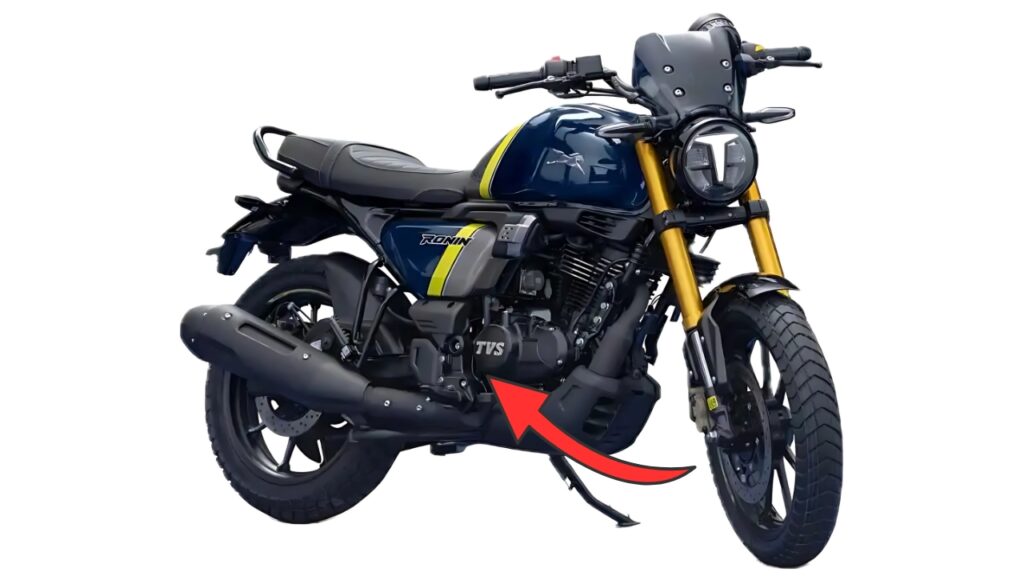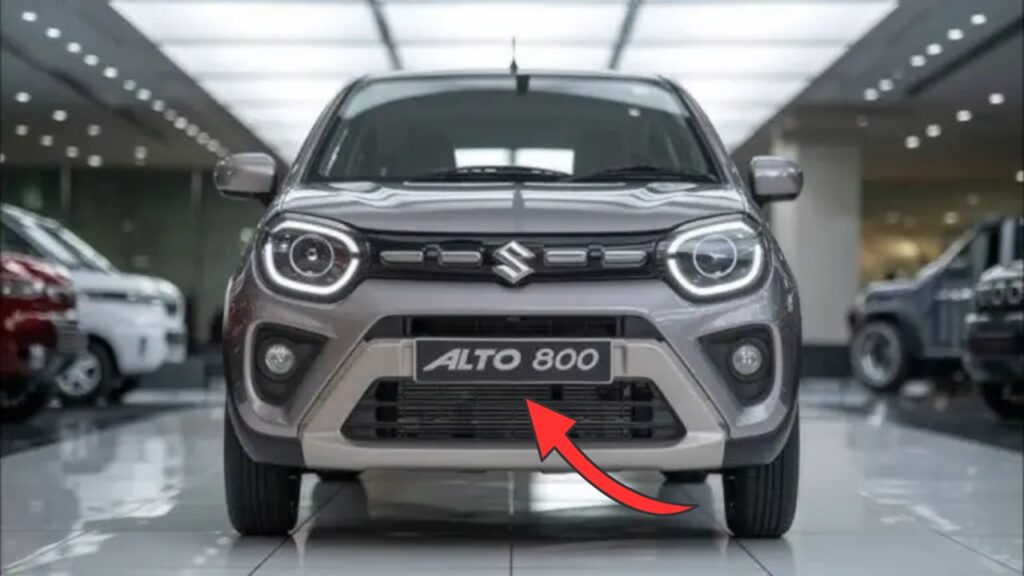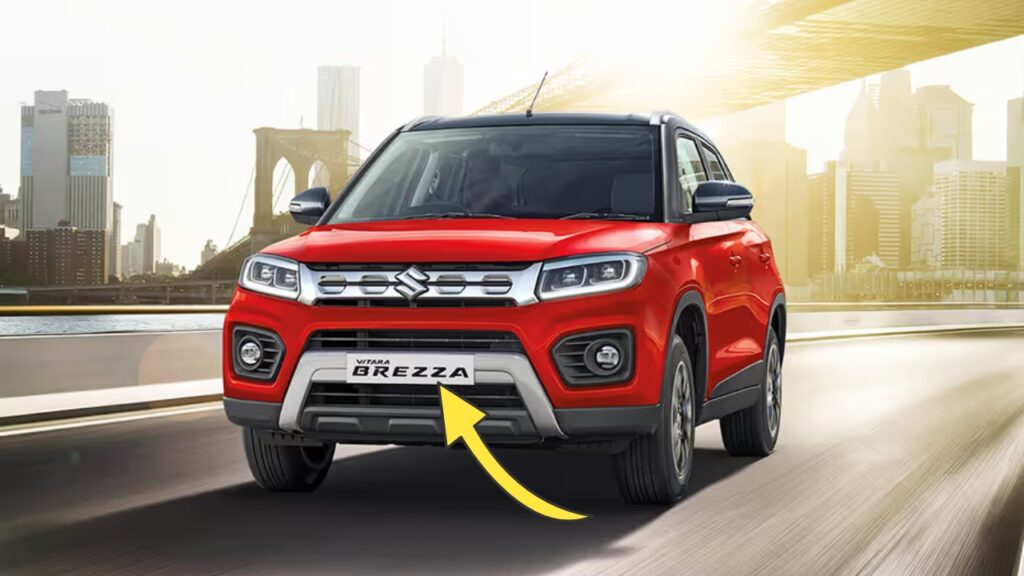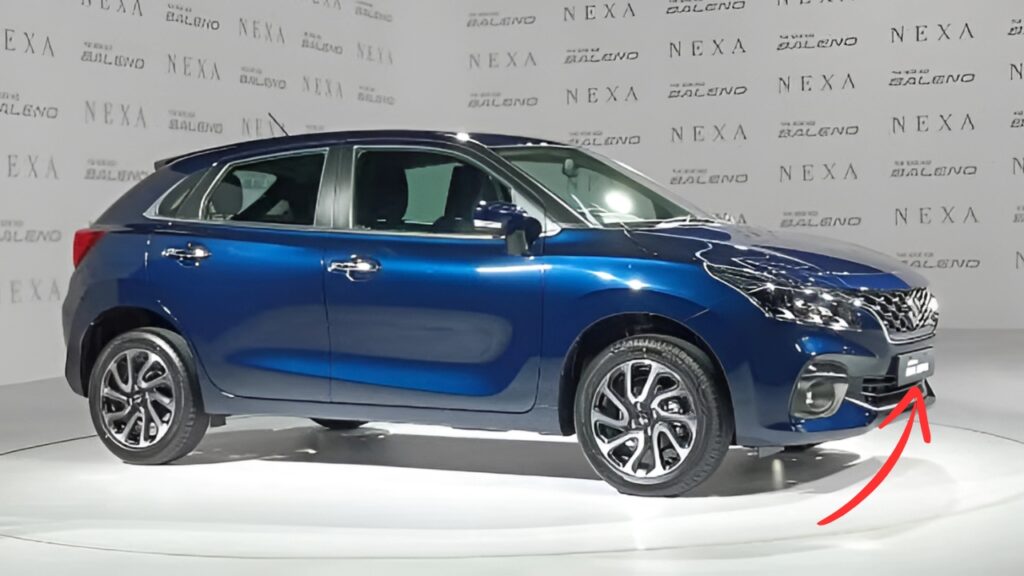Mahindra XUV 700: In the ever-evolving Indian automotive landscape, few vehicles have generated as much anticipation and subsequent discussion as the Mahindra XUV 700.
Serving as both a spiritual successor to the popular XUV 500 and a statement of Mahindra’s evolving capabilities, this mid-size SUV has quickly established itself as a benchmark in its segment since its 2021 launch.
After spending two weeks with the XUV 700 across varied driving conditions—from congested urban crawls to open highway stretches and challenging rural roads—I’ve developed a nuanced understanding of its strengths and limitations beyond the initial hype that surrounded its introduction.
Mahindra XUV 700: Design: Modern Evolution with Distinctive Character
The XUV 700 represents a significant design evolution from its predecessor while maintaining enough family resemblance to be instantly recognizable as a Mahindra product.
The front fascia features the brand’s new “twin peaks” logo within a bold grille flanked by sleek LED headlamps with distinctive C-shaped daytime running lights.
This arrangement creates a commanding presence that projects sophistication rather than aggression—a thoughtful balance that makes the vehicle appear premium without resorting to excessive chrome or unnecessarily complex surfacing.
My test vehicle came in the striking “Midnight Black” finish, which highlights the SUV’s sculpted bodywork while providing a premium contrast with the subtle chrome and silver accents.
The paint quality impressed with its depth and consistent application, suggesting attention to manufacturing details often overlooked in Indian-made vehicles.
In profile, the XUV 700 presents a dynamic silhouette with a gently sloping roofline and character lines that create visual interest without appearing busy.
The flush door handles, which deploy electronically when the vehicle is unlocked, contribute to the clean side profile while adding a touch of theater to the ownership experience.
These small but meaningful details elevate the overall impression beyond what might be expected at this price point.
The rear design continues the sophisticated approach with wrap-around LED taillamps connected by a chrome strip bearing the Mahindra lettering.
The tailgate opens to reveal a practical, regularly-shaped cargo area, though the high loading lip requires more effort when placing heavier items into the boot.
Overall dimensions place the XUV 700 firmly in the mid-size SUV category, with sufficient presence to command attention while maintaining manageable proportions for urban environments.
The 2,750mm wheelbase contributes to both interior spaciousness and on-road stability, while the 200mm ground clearance provides confidence when navigating rough terrain or the challenging speed breakers common on Indian roads.
Interior: Technology-Forward with Practical Considerations
Step inside the XUV 700, and the first impression is dominated by the dual 10.25-inch screens that form the centerpiece of the dashboard.
This “Adrenox” infotainment system represents a significant leap forward for Mahindra, combining digital driver instrumentation with a touchscreen interface for entertainment and vehicle functions.
The setup looks decidedly premium, creating a tech-forward ambiance that impresses passengers and elevates the perceived value of the vehicle.
Material quality throughout the cabin shows Mahindra’s growing sophistication, with soft-touch surfaces on the dashboard and door panels in higher trims.
While some hard plastics remain in lower touch areas, they generally appear well-finished rather than obviously cost-reduced.
The leatherette upholstery in my AX7 variant proved both comfortable and seemingly durable, though long-term wear characteristics remain to be seen.
Seating comfort impressed during extended drives, with the front seats offering good thigh and lumbar support.
The driver’s seat in higher variants provides power adjustment with memory function—a convenient feature for households with multiple drivers.
Second-row accommodation offers generous legroom thanks to the long wheelbase, with the ability to slide and recline for optimal comfort.
The third row, while present, remains best suited for children or shorter adults on brief journeys—a common limitation in this vehicle class that reflects the inevitable compromise between exterior dimensions and interior space.
Practical storage solutions abound throughout the cabin, with generous door pockets, a large center console bin, and thoughtfully placed cupholders.
The seven-seat configuration offers 226 liters of cargo space with all seats up, expanding to 777 liters with the third row folded and a cavernous 1,605 liters with both rear rows down.
These figures translate to genuine versatility for family use, accommodating everything from airport runs to furniture collection.
Climate control effectiveness deserves specific mention, with the automatic system rapidly cooling the cabin even in punishing summer heat.
The inclusion of dedicated vents for second and third rows ensures passenger comfort regardless of seating position—a thoughtful consideration for Indian conditions.
Technology: Feature-Rich with Occasional Quirks
The technological package represents one of the XUV 700’s most significant selling points, with features previously unseen at this price point in the Indian market.
The aforementioned dual 10.25-inch screens serve as the interface for most functions, with the touchscreen supporting wireless Apple CarPlay and Android Auto alongside Mahindra’s built-in navigation and connected car features.
The Adrenox system itself offers an intuitive interface with crisp graphics and generally responsive performance.
Voice command functionality through the “Hello Adrenox” wake phrase provides useful hands-free control of various functions, though its natural language processing occasionally struggles with Indian accents and ambient noise.
Over-the-air update capability suggests the system will continue to evolve and improve throughout the vehicle’s lifespan—a significant advantage over more static implementations.
My test vehicle included the optional ADAS (Advanced Driver Assistance Systems) package, offering adaptive cruise control, lane keep assist, autonomous emergency braking, and traffic sign recognition.
These systems function with reasonable effectiveness on well-marked highways but require more driver attention on typical Indian roads with inconsistent markings and unpredictable traffic patterns.
This limitation reflects the challenging environment rather than any specific shortcoming in Mahindra’s implementation.
Other technological highlights include a 12-speaker Sony audio system that delivers impressive sound quality, wireless phone charging, panoramic sunroof, 360-degree camera system, and customizable ambient lighting.
The embedded eSIM provides connected features including remote vehicle monitoring and control through a smartphone application, along with built-in Amazon Alexa functionality.
Some technological quirks emerged during extended testing. The wireless smartphone connectivity occasionally required reconnection after starting the vehicle, while the driver attention monitoring system sometimes triggered false alerts during normal driving.
These minor issues rarely impacted the overall experience significantly and may well be addressed through future software updates.
Performance: Capable Powertrains with Distinct Characters
The XUV 700 offers two engine options, both developed under Mahindra’s mHawk umbrella:
The 2.0-liter turbocharged petrol engine produces 200 PS and 380 Nm of torque—impressive figures that translate to eager performance on the road.
This powerplant delivers smooth, linear acceleration with minimal turbo lag, making urban driving and highway overtaking equally effortless. Refinement levels impress, with good noise suppression and minimal vibration even under hard acceleration.
Fuel efficiency during my testing averaged around 10-11 km/l in mixed driving conditions—reasonable given the vehicle’s size and performance capabilities.
The 2.2-liter turbodiesel engine offers 155 PS and 360 Nm in lower variants, increasing to 185 PS and 420 Nm (450 Nm with automatic transmission) in higher trims.
This unit provides strong low-end torque that proves particularly valuable when fully loaded or traversing challenging terrain.
While slightly more vocal than the petrol, refinement levels remain competitive for a diesel powerplant in this segment.
Economy advantages were evident during testing, with the diesel returning approximately 14-15 km/l in similar mixed conditions.
Transmission options include a 6-speed manual or 6-speed torque converter automatic, with my test vehicle featuring the latter paired with the diesel engine.
This combination proved well-matched, with the transmission providing smooth shifts and responsive kickdown when required.
Manual mode through the gear selector allows greater driver control when desired, though the well-calibrated automatic programming rarely necessitates intervention during normal driving.
The most powerful diesel variant offers all-wheel drive as an option—a system that provides additional traction in challenging conditions while operating primarily in front-wheel drive for efficiency under normal circumstances.
While not a hardcore off-roader, this configuration delivers genuine capability on loose surfaces and inclement weather conditions.
Ride and Handling: Balanced Dynamics with Comfort Focus
The XUV 700’s underlying architecture—a monocoque construction rather than the body-on-frame approach of more utilitarian SUVs—contributes significantly to its on-road behavior.
The front employs MacPherson struts while the rear utilizes a multi-link setup, striking an effective balance between ride comfort and handling composure.
In urban environments, the suspension absorbs road imperfections with impressive compliance, isolating occupants from the worst effects of poorly maintained surfaces.
Speed breakers and potholes are dispatched without drama, with good rebound control preventing the floaty sensation that sometimes affects comfort-oriented SUVs. Highway stability impresses, with the vehicle tracking confidently even at higher speeds and in crosswinds.
Pushed more enthusiastically through corners, the XUV 700 exhibits well-controlled body roll that inspires confidence without encouraging genuinely sporty driving.
The electrically assisted steering offers good weighting that increases appropriately with speed, though feedback remains somewhat muted—a characteristic common to most modern systems prioritizing comfort over engagement.
Braking performance comes from disc brakes at all four corners, providing confident stopping power with good pedal feel.
The system includes ABS, EBD, and brake assist features that intervene seamlessly when required, maintaining stability during emergency maneuvers.
NVH (Noise, Vibration, Harshness) levels generally impress, with effective sound insulation creating a refined cabin environment.
Wind noise becomes noticeable at highway speeds, primarily around the A-pillars, though rarely at levels that impede conversation or require increasing the audio volume significantly.
Safety: Raising Segment Standards
Safety equipment represents another area where the XUV 700 establishes new benchmarks for its segment.
All variants include essential features like dual front airbags, ABS, and electronic stability control, while higher trims expand the airbag count to seven with additional thorax, curtain, and driver knee protection.
The aforementioned ADAS features complement these passive systems with active accident prevention technology, functioning with reasonable effectiveness within their operational parameters.
The driver drowsiness detection, while occasionally over-sensitive, represents a thoughtful inclusion given India’s high incidence of fatigue-related accidents.
Structurally, the XUV 700 has proven its integrity through Global NCAP testing, earning a five-star rating for adult occupant protection and four stars for child occupant protection under the updated testing protocols.
These results validate Mahindra’s engineering approach and provide reassurance regarding the vehicle’s fundamental safety capabilities.
Additional safety features include a tire pressure monitoring system, ISOFIX child seat anchors, electronic parking brake with auto hold, and the 360-degree camera system that proves particularly valuable when maneuvering in tight spaces—a common requirement in Indian urban environments.
Comparative Analysis: XUV 700 vs. Key Competitors
| Feature | Mahindra XUV 700 | Tata Safari | MG Hector Plus | Hyundai Alcazar | Jeep Compass |
|---|---|---|---|---|---|
| Engine Options | 2.0L Turbo Petrol (200 PS), 2.2L Diesel (155/185 PS) | 2.0L Diesel (170 PS) | 1.5L Turbo Petrol (143 PS), 2.0L Diesel (170 PS) | 2.0L Petrol (159 PS), 1.5L Diesel (115 PS) | 1.4L Turbo Petrol (163 PS), 2.0L Diesel (170 PS) |
| Transmission | 6MT, 6AT | 6MT, 6AT | 6MT, CVT, 6AT, 7DCT | 6MT, 6AT | 6MT, 7DCT, 9AT |
| Seating | 5/7 | 6/7 | 6/7 | 6/7 | 5 |
| Wheelbase | 2750mm | 2741mm | 2750mm | 2760mm | 2636mm |
| ADAS Features | Yes (higher variants) | No | Yes (higher variants) | No | Yes (higher variants) |
| Panoramic Sunroof | Yes | Yes | Yes | Single Pane | Single Pane |
| Connected Car Tech | Yes | Yes | Yes | Yes | Yes |
| Global NCAP Rating | 5-Star | 5-Star | 5-Star (Hector) | Not Tested | 5-Star (Euro NCAP) |
| Drivetrain | FWD/AWD | FWD | FWD | FWD | FWD/AWD |
| Price Range (Ex-showroom) | ₹13.45-24.95 lakh | ₹15.45-25.49 lakh | ₹14.73-21.73 lakh | ₹16.77-21.22 lakh | ₹18.39-29.34 lakh |
| Key USP | Performance, Technology | Styling, Build Quality | Space, Features | Refinement, Third-row comfort | Brand value, Off-road capability |
This comparison highlights the XUV 700’s competitive positioning, with particular strengths in powertrain options, technology features, and value proposition.
While each competitor offers specific advantages—the Safari’s imposing presence, Hector’s space efficiency, Alcazar’s refinement, or Compass’s brand cachet—the Mahindra delivers the most comprehensive overall package at its price point.
Key Strengths of the Mahindra XUV 700
-
Performance Credentials: The powerful engine options, particularly the 200 PS petrol, deliver genuinely impressive performance that exceeds segment expectations.
-
Technology Integration: The dual-screen setup, connected features, and ADAS capabilities create a tech-forward experience previously unavailable at this price point.
-
Spatial Efficiency: The long wheelbase and thoughtful interior packaging maximize usable space for both passengers and cargo within reasonable exterior dimensions.
-
Safety Focus: The five-star Global NCAP rating and comprehensive safety equipment establish new standards for the segment.
-
Ride Quality: The sophisticated suspension tuning delivers impressive comfort without compromising handling stability or confidence.
-
Feature Value: The comprehensive equipment list, even on mid-range variants, creates compelling value compared to more expensive competitors.
-
Design Execution: The modern yet distinctive styling avoids both generic anonymity and excessive flamboyance, creating a vehicle with genuine visual appeal.
Mahindra XUV 700: Raising Expectations in the Mid-Size SUV Segment
The Mahindra XUV 700 represents a significant achievement not just for its manufacturer but for the Indian automotive industry as a whole.
It demonstrates how domestic engineering and design capabilities have evolved to create products that can compete with global offerings without qualification or excuse.
The vehicle’s most impressive aspect isn’t any single feature or capability but rather how it brings together various elements into a cohesive, well-executed package.
The powerful yet efficient powertrains, technology-rich interior, sophisticated ride quality, and comprehensive safety features create an ownership proposition that exceeds expectations at its price point.
Some limitations inevitably exist—the occasionally temperamental infotainment connectivity, restricted third-row space, and wind noise at highway speeds among them.
However, these minor shortcomings rarely detract significantly from the overall experience and must be considered in the context of the vehicle’s competitive pricing.
For family buyers seeking a versatile, feature-rich SUV with genuine road presence and driving capability, the XUV 700 presents a compelling option that deserves serious consideration.
It successfully balances aspirational qualities with practical value—a combination that explains both its initial order rush and sustained marketplace success despite production challenges and extended waiting periods.
In establishing new benchmarks for the segment, the XUV 700 has not only elevated Mahindra’s standing in the passenger vehicle market but also raised customer expectations for what an Indian-engineered SUV can deliver. That might prove its most significant legacy as the market continues to evolve.
